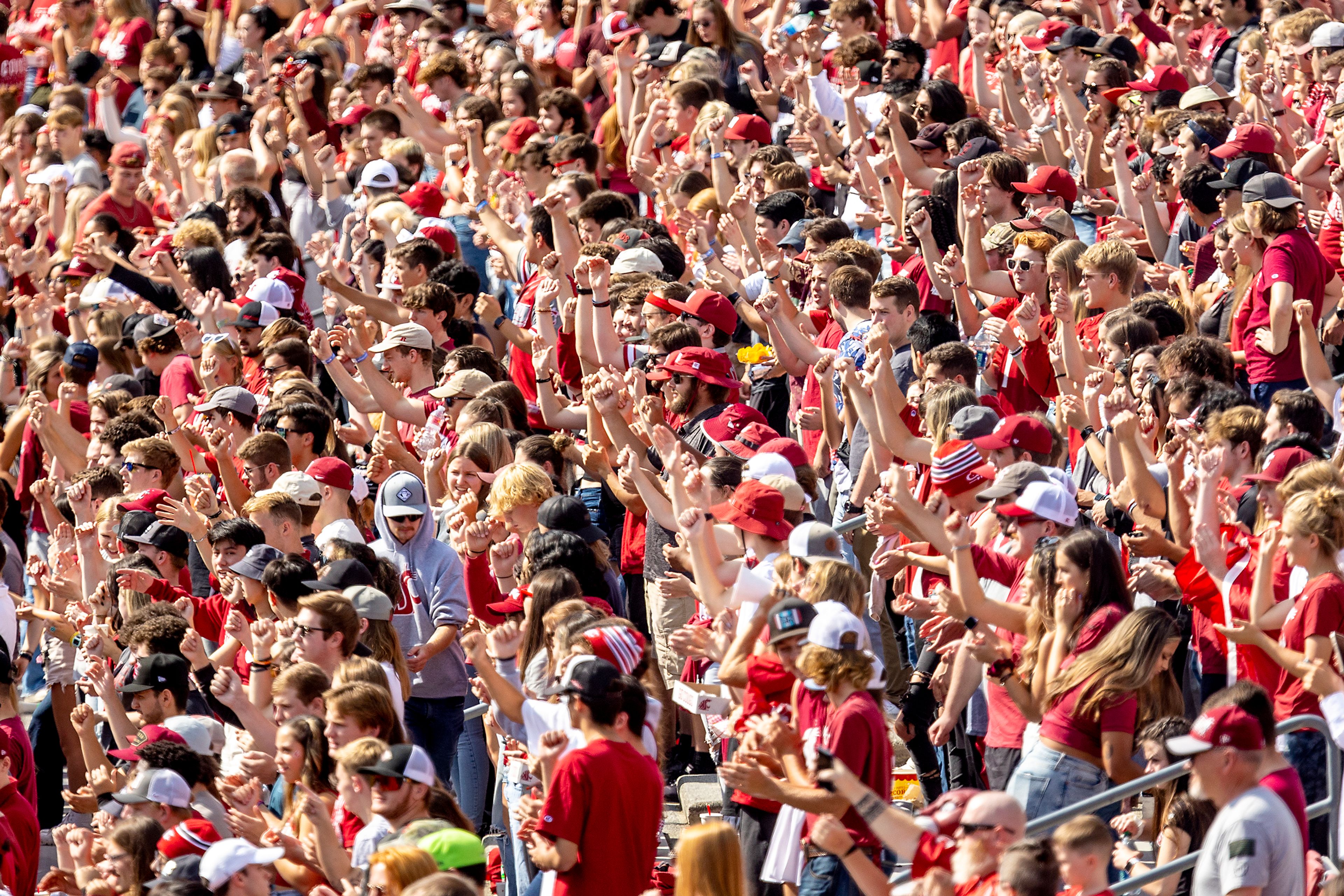Regents raise WSU tuition by max amount
Undergraduate and graduate tuition going up by 3.3% next academic year
Washington State University is increasing tuition by 3.3% next academic year.
This is the second consecutive year the institution has raised rates by the maximum amount allowed by the state.
The Board of Regents finished a two-day meeting Friday afternoon in Seattle. Officials discussed many topics, with the tuition increase for the 2025-2026 school year being the most notable decision.
Students will be paying more to attend the university. Resident undergraduate rates are increasing by $373 to $11,678 for the year, while nonresident undergraduate tuition is rising $920 to $28,784 for the year.
Resident graduate rates will grow $431 to $13,486, and nonresident graduate students will pay $946 more, amounting to $29,623 that covers both semesters.
The increase will generate $3.6 million in revenue for the institution, according to documents attached to the meeting agenda. Without it, tuition revenue would be projected to decline $3.3 million.
The rise in rates is being instituted partially because of WSU’s decrease in enrollment. Documents show system-wide enrollment has declined by 3%, or 805 students, since last fall. The Pullman student population has reduced by 3.5%, or 500 students, compared to last year.
Enrollment has continued to drop for the fifth consecutive year.
According to past Moscow-Pullman Daily News reporting, WSU’s system-wide enrollment peaked at 31,600 students in 2019 and has consistently declined since then.
Regent Marty Dickinson said WSU is facing more challenges in the coming year that make the increase more necessary.
She said the Washington Legislature is operating with a deficit, and the next legislative session will be challenging as it tightens its budget.
“We have a new pressure we haven’t had to navigate around,” she said.
Dickinson added the university also plans to raise staff’s salaries in order to keep up with inflation.
“(We’re) trying to do the right thing for people who deliver a product for our students,” she said. “And a fabulous product at that.”
Faculty Regent Judith McDonald noted labor isn’t the only cost that has risen, but also technology and equipment used in classrooms and labs.
“We’re deciding between what our students pay and that financial pain,” she said. “And continuing to deliver an incredible experience.”
The rise in tuition has been a continuing trend since 2017. Documents show the last time tuition decreased was in 2015-16 and 2016-17 academic years when the state cut rates by a combined 15% and provided additional funding to make up the difference.
While this is the second year in a row the university has increased tuition the maximum amount, documents show it’s been below the cap on several occasions. Within a 10-year period, WSU was under the highest amount in 2023-24, 2021-22 and 2018-19 academic years.
Regents will finish setting tuition across all colleges and programs in January. The board will set additional rates and fees for students during its spring meetings.
Pearce can be reached at epearce@dnews.com.









